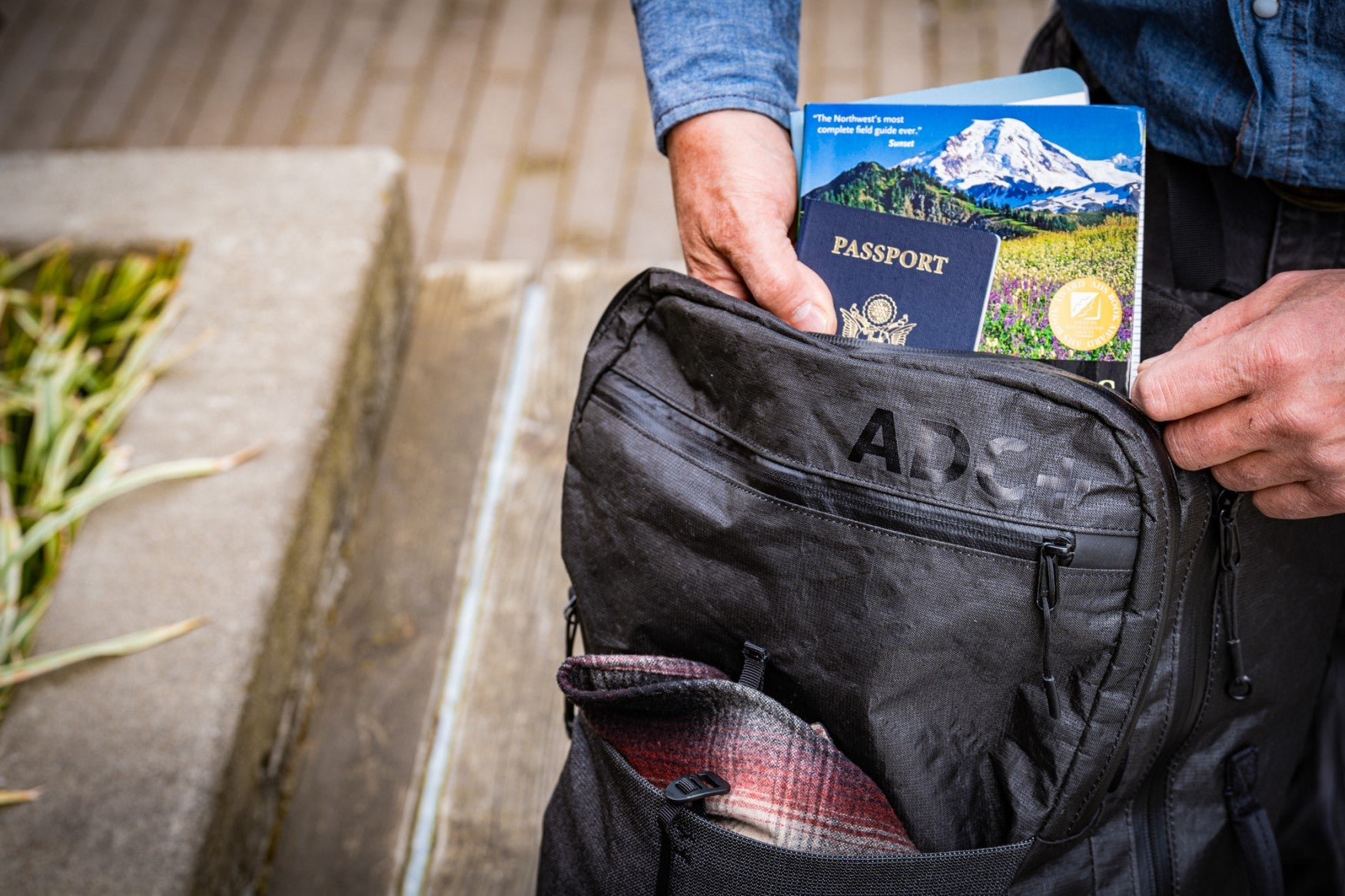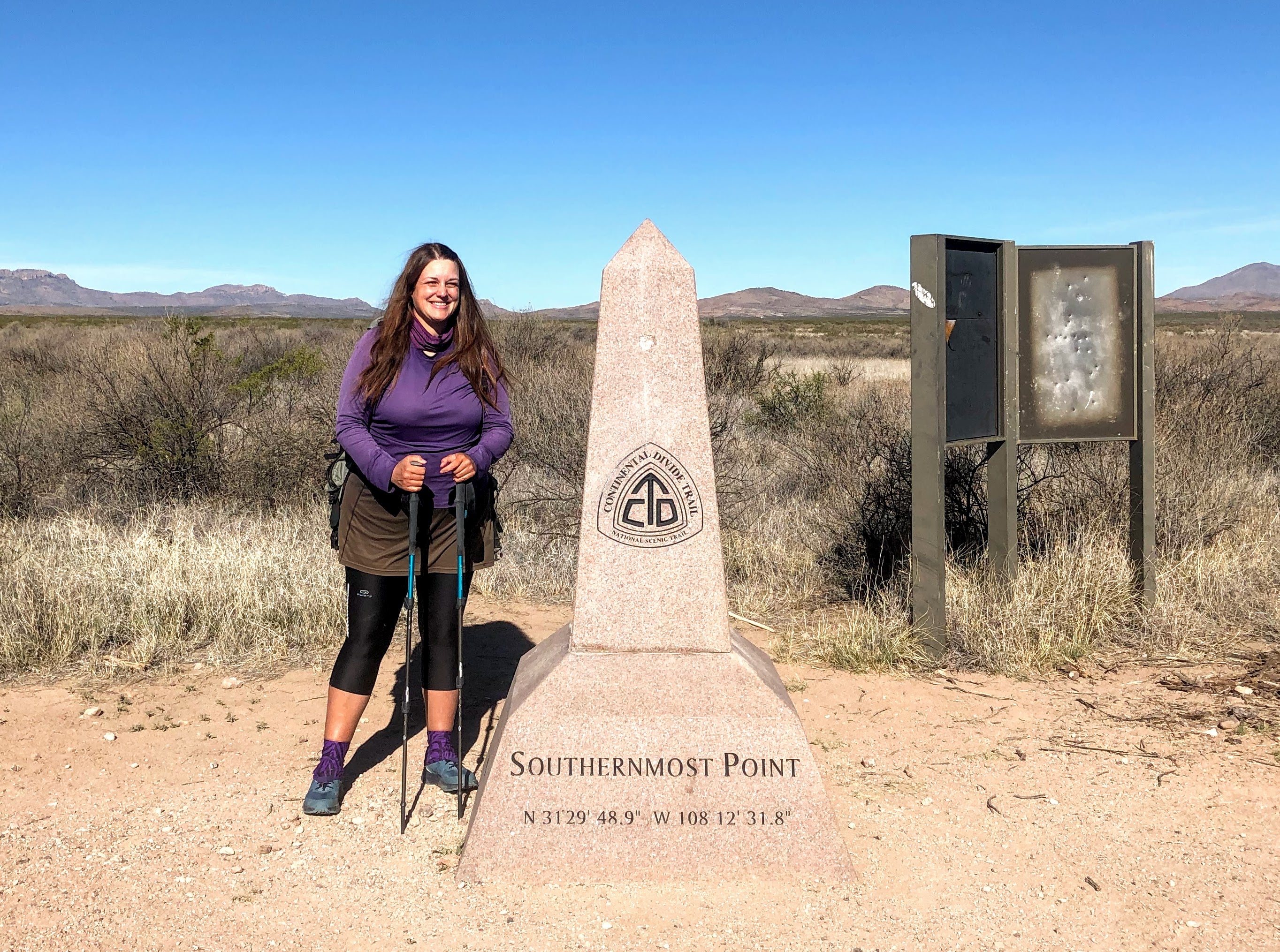
SMD Ambassador Diamon “dirty bird” Clark (right) relied on the Lunar Duo and Solo during her 3-week Idaho backpacking trip.
The highlight of my year was the month of September. It began with leading a group of changemakers on a three-week backpacking trip through the Boulder White Clouds Wilderness of Idaho and concluded with a 10-day rafting trip across the Salmon River. It was a deeply restorative experience that I needed this year. However, what made it especially magical was my introduction to the acknowledgment of indigenous inhabitants on the lands I traversed. Public lands are a valuable resource for outdoor enthusiasts, but they’re also cultural shrines of distant tribes that are struggling to keep their memories alive

Diamon sitting beside Shoshone sheep-eater pictograph on the Salmon River, ID.
Pictured above is an image of me sitting beside a pictograph. This pictograph was carbon dated by scientists back to the Shoshone sheep-eating people of the Salmon river. As the story goes, as white settlers claimed this area, the elusive Shoshone sheep-eating people were stalked for over a year before being corralled out of the area. Outside of reading about indigenous people in textbooks, this was my first encounter with a bit of history left by native people. I spent a lot of time here trying my hardest to decipher what this message could have meant. No one could tell me. And no one will, as there are no remaining people that carry the ecological or cultural knowledge of the Shoshone sheep-eating tribe.

Diamon in the raft with friends on the Salmon River, ID.
So why is acknowledging native land important and what is it? Acknowledging native land is simple and only requires a public recognition of the indigenous people that historically inhabited the land. This practice is important to adopt because it keeps their cultural memories alive, it’s a show of respect for those that endured assimilation, and works at restoring the relationship this nation has had with the displacement of native people from the land. The great news is, acknowledging native land is not limited to public lands! Native land can be acknowledged at every major gathering from sports arenas to business conferences and even from the comfort of home. As a simple show of solidarity, including a native lands acknowledgment in the signature of your email or as the location tagged in your Instagram pictures. As we steward the land with our Leave No Trace practices for the future, we must also respect those held the practice before us.
To learn more about this, I downloaded the U.S. Department of Arts and Culture’s Honor Native Land Guide. This is an invaluable resource if you’d like to take the steps towards cultural awareness, sensitivity, and inclusivity. Acknowledging native lands only requires three steps:
- Identify- Toggle around this cool map to find the native people that inhabited where you are. https://native-land.ca/
- Acknowledge- If at a public meeting, it’s worth the time, to begin with highlighting the indigenous people that resided there.
- Action- If it makes sense to and/or the opportunity presents itself, try building a relationship with native people and include them in your environmental stewardship.
This article was written on the historic land of the Piscataway Conoy Tribe of Maryland.










Leave a comment
This site is protected by hCaptcha and the hCaptcha Privacy Policy and Terms of Service apply.